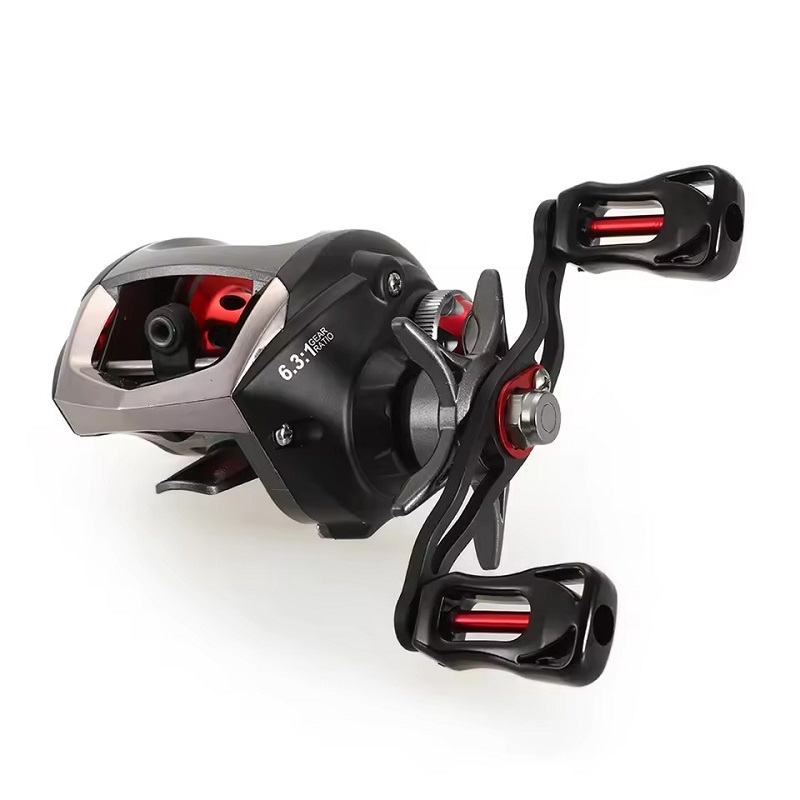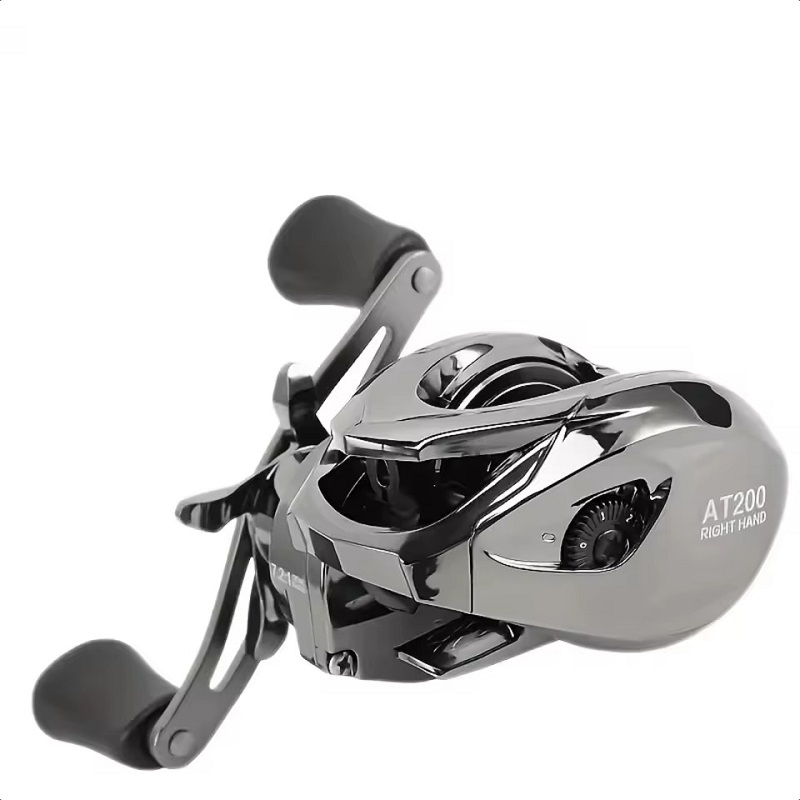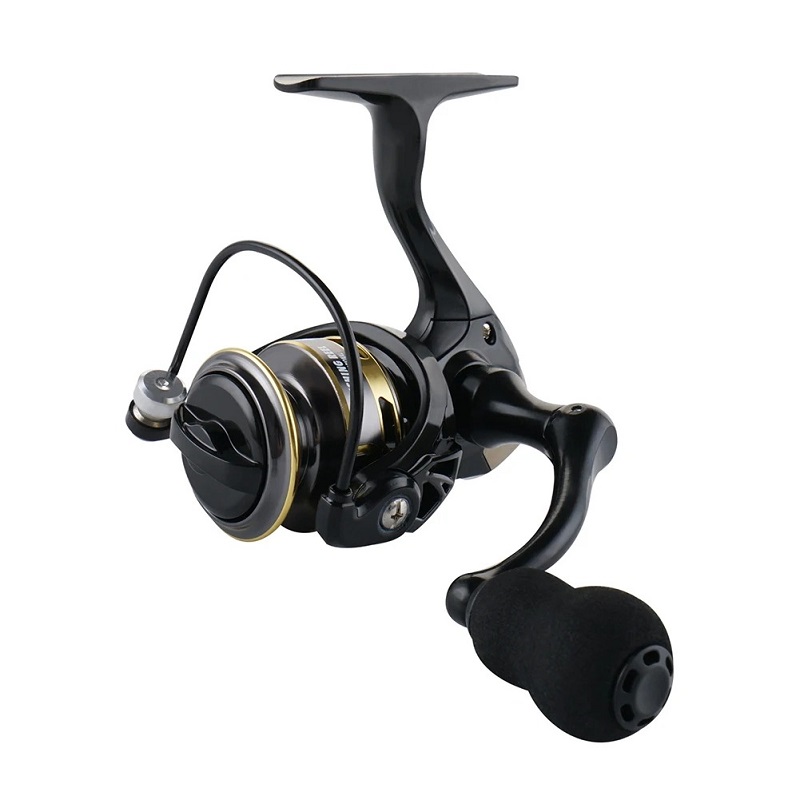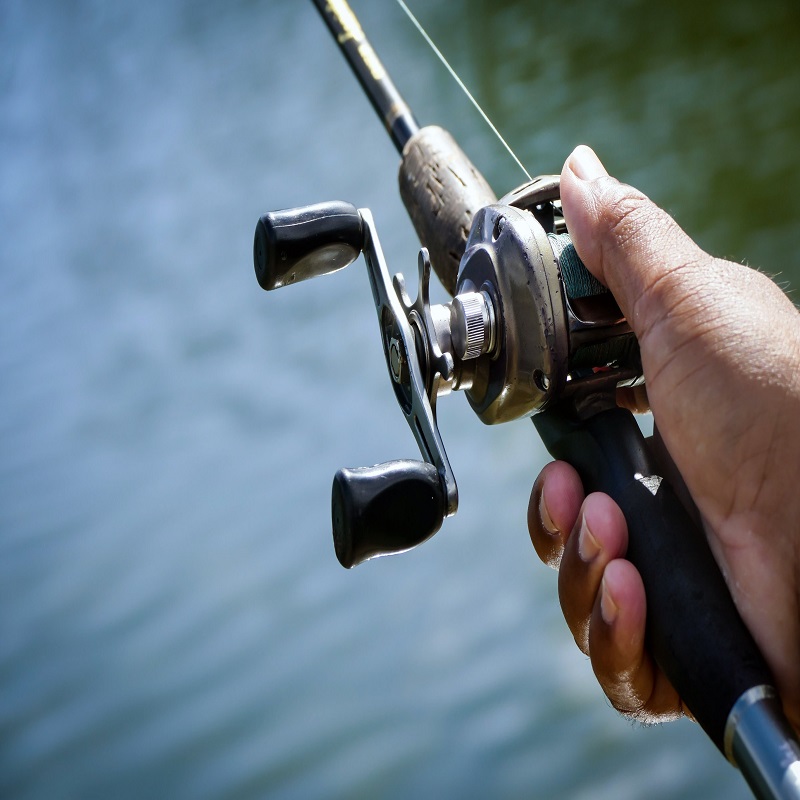Understanding Fishing Reels
Fishing is not just an outdoor activity; it’s a passion for many enthusiasts worldwide. A critical component of this sport is the fishing reel, which is available in different types designed to cater to various fishing methods and styles. Knowing the types of fishing reels can dramatically enhance your fishing experience, whether you’re a beginner or a seasoned angler. This article will delve into the different types of fishing reels, discussing their unique features, advantages, and practical applications, so you can make an informed choice for your next fishing trip.
Gear Ratio and Drag Systems: Understanding Reel Features
As you explore the types of fishing reels, familiarizing yourself with their features can enhance your understanding of how to choose the right one for your specific fishing needs:
- Gear Ratio: The gear ratio of a reel indicates how many times the spool rotates for every turn of the handle. Higher gear ratios provide faster retrieval speeds, ideal for techniques requiring quick line pick-up, while lower gear ratios offer more torque, suitable for fighting larger fish. When selecting a reel, consider the balance between speed and power to align with your fishing style.
- Drag Systems: The drag system is crucial for managing the tension on the line when a fish pulls. A smooth drag allows anglers to control the fight without risking line breakage. Different reels offer various drag configurations, so look for a reel with an adjustable drag system to ensure you can adapt as needed.
By understanding these features, anglers can make informative decisions when choosing a fishing reel that suits their specific preferences and needs on the water.
Spinning Reels
Spinning reels are among the most popular types of fishing reels, particularly for novice anglers. They are designed with a fixed spool and open face, allowing line to freely unravel when you cast. Here are the key features of spinning reels:
- User-Friendly: Spinning reels are incredibly easy to operate, making them the go-to choice for beginners. The simple mechanics allow for quick learning and effective casting.
- Versatile Applications: They are effective for both freshwater and saltwater fishing, making them suitable for catching a wide range of fish like bass, trout, and panfish.
- Lightweight and Compact: Most spinning reels are lightweight, which helps in casting lightweight lures effortlessly. Their compact size also makes them portable for any fishing environment.
- Smooth Drag System: A smooth drag system is essential for battling fish, and spinning reels excel in this area, allowing for easy adjustments when you engage with a catch.
Considering these characteristics, spinning reels are undoubtedly versatile and serve as excellent options for various fishing scenarios.

Baitcasting Reels
For anglers interested in precise control and accuracy, baitcasting reels are an excellent choice. Here are some notable features of baitcasting reels to consider:
- Closed-Spool Design: Unlike spinning reels, baitcasting reels feature a closed spool that allows for more accurate casts, especially over longer distances. This makes them ideal for targeting specific areas in the water.
- High Gear Ratios: Baitcasting reels typically come with higher gear ratios, offering quick retrieval of line and allowing for faster action when reeling in fish.
- Greater Tension Control: They provide superior line tension, which is perfect for catching larger and stronger fish species. This feature comes in handy when fishing for species such as salmon or pike.
- Learning Curve: While they offer advanced control, baitcasting reels generally require a bit of patience to master. Beginners may experience some backlash until they become accustomed to the mechanics of the reel.
Overall, baitcasting reels are a worthwhile investment for serious anglers looking to enhance their fishing accuracy and effectiveness.

Fly Reels
Fly reels are specifically designed for the sport of fly fishing, which requires unique skills and tactics. Here are the essential details regarding fly reels:
- Lightweight Construction: Fly reels are usually made of lightweight materials like aluminum or composite plastics, making them easy to handle during extended fishing sessions.
- No Drag System: Unlike traditional reels, fly reels lack a built-in drag system. Instead, anglers control the tension through their line and the rod, making this type of fishing more hands-on and requiring excellent technique.
- Specialized Use: Fly reels are commonly used for targeting fish like trout, bonefish, or salmon in rivers and streams, where precision casting is critical.
- Versatility in Line: Fly reels can handle various types of fly lines suited for different fishing conditions, which means selecting the right line is important for success.
Despite their differences from traditional reels, fly reels offer a unique and rewarding fishing experience, particularly for those who enjoy the art of fly fishing.

Closed-Face Reels
Closed-face reels, also known as spincast reels, strike a balance between ease of use and functionality. Here’s what to know about these types of fishing reels:
- Simple Mechanism: Featuring a fully enclosed spool, closed-face reels are designed for easy casting. Anglers only need to push a button to engage the line, making them ideal for children or those new to fishing.
- Safety and Durability: Their closed construction protects the line from tangling, abrasion, or damage, whether it’s used in freshwater or saltwater environments.
- Versatile Fishing Use: These reels can be suitable for light to medium fishing and are effective for catching smaller fish species like bluegill or minnow.
- User-Friendly Design: A straightforward design means less maintenance and fewer components to worry about, making them a practical choice for casual outings.
Overall, closed-face reels provide a simplified fishing experience, making them a perfect entry point for young anglers or anyone looking to enjoy a stress-free day on the water.

Factors to Consider When Choosing a Fishing Reel
When considering the types of fishing reels available, understanding your specific needs can significantly influence your choice. Here are several factors to help you select the right reel:
- Type of Fishing: Consider the kind of fishing environment—freshwater or saltwater—as well as the species you aim to catch. Your choices may vary between spinning, baitcasting, or fly reels depending on these factors.
- Experience Level: Beginners may find spinning or closed-face reels easier to use, while experienced anglers might prefer baitcasting or fly reels for their precision and control.
- Comfort and Fit: Choose a reel that feels comfortable in your hand and matches your rod. The balance between the rod and reel can influence your casting action and overall fishing performance.
- Budget: Fishing reels come in a wide range of prices. Determining your budget will help narrow down your options without compromising quality or features.
By carefully evaluating these factors, you can make an informed decision when choosing a fishing reel that aligns with your fishing aspirations.

Maintenance of Fishing Reels
Proper maintenance will ensure that your fishing reels last longer and function optimally. Here are some essential maintenance tips for the different types of fishing reels:
- Cleaning: After each fishing outing, rinse your reel with fresh water to remove salt, sand, or debris. Use a soft cloth to wipe down the exterior and prevent corrosion.
- Lubrication: Apply reel oil to the moving parts to reduce friction and enhance performance. Regular lubrication helps the reel function smoothly.
- Line Inspection: Check your fishing line regularly for frays or tangles. Replace it when necessary to avoid losing fish due to line failure.
- Storage: Store your fishing reels in a cool, dry place. It’s best to keep them in protective cases to prevent damage.
Following these tips will keep your fishing reels in excellent working condition, ensuring you have an enjoyable fishing experience each time.
Conclusion: Embrace the Variety of Fishing Reels
In conclusion, understanding the various types of fishing reels is fundamental for any fishing enthusiast.
By exploring the features of each reel, including gear ratios and drag systems, you can further refine your selection to match your fishing needs and preferences. The choice between spinning, baitcasting, fly, or spincast reels impacts your experience and effectiveness on the water. Each reel type comes with its unique benefits, suitable applications, and target species, allowing anglers to tailor their gear for specific fishing scenarios. By assessing your individual needs, preferences, and experience level, you can find the perfect reel that suits your fishing style. Moreover, embracing proper maintenance practices will ensure your reel remains functional and ready for countless fishing adventures ahead.
So whether you’re just starting your journey or you’re an experienced angler, selecting the right type of fishing reel is essential to making the most out of your time on the water.
